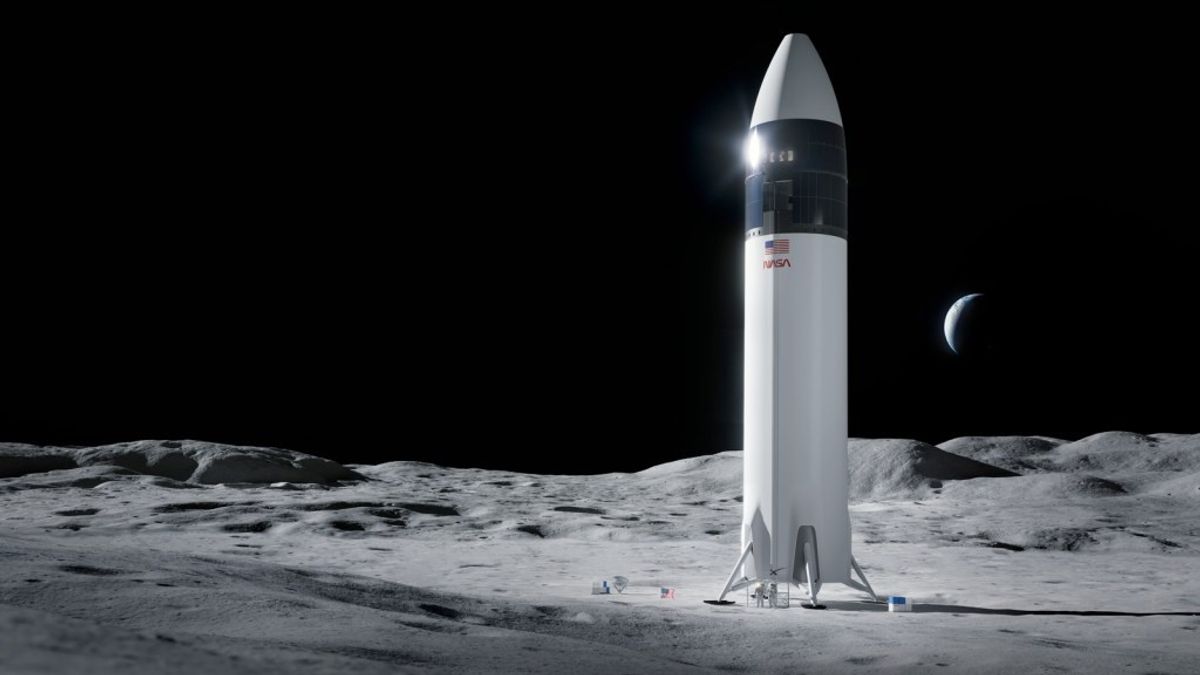JAKARTA - The National Aeronautics and Space Agency (NASA) seems to have postponed its trip to the Moon on the Artemis 3 mission, because of SpaceX's Starship.
Starship is a giant rocket to bring humans to Mars. Before that, it had to go through a trial by sliding into orbit then returning to Earth, but failed.
The giant rocket slid from the Starbase facility, near Brownville in Texas, USA, on April 20. Starship did take off as high as 39 kilometers, but it didn't last long for it to explode over the Gulf of Mexico. This is due to an out-of-control self-destruction system.
Even so, no significant injuries or damage to public property were reported from rocket debris or runway debris.
The company said it would try again in a few months, but still has not obtained permission from the Federal Aviation Administration (FAA), which investigates the incident and faces lawsuits from environmental groups over SpaceX's activities in Texas.
Meanwhile, NASA Association Administrator for the development of an exploration system, Jim Free, admitted that he was nervous about this. It is stated that the Artemis 3 mission may have to be postponed until 2026 instead of 2025.
"That's a lot of launches to complete the mission. They have a number of significant launches, and that, of course, worries me about December 2025 (Artemist 3)," Free said.
"With the difficulties that SpaceX is experiencing, I think it's very concerning. You can think about the possibility of slipping into 2026," he added.
Free said he had just met an FAA official and currently, all SpaceX test flights have been delayed and must obtain permission issued by the US agency.
What's more, some launches are needed to refuel in orbit before the spacecraft can begin its journey to the Moon.
They did everything they could, but they saw the launch license for the next mission. What I'm trying to tell him is our big picture of everything it takes to achieve that human lander," Free explained.
Indeed, NASA has other options for the lunar lander, Blue Origin's Blue Moon. But only for Artemis 5, which is scheduled for 2029.
Others, NASA is also feeling pressure from China, which announced its own plans to land humans on the Moon by 2030 and build permanent presence there. This was quoted from Spaceflight and Mashable, Monday, June 12.
The English, Chinese, Japanese, Arabic, and French versions are automatically generated by the AI. So there may still be inaccuracies in translating, please always see Indonesian as our main language. (system supported by DigitalSiber.id)













